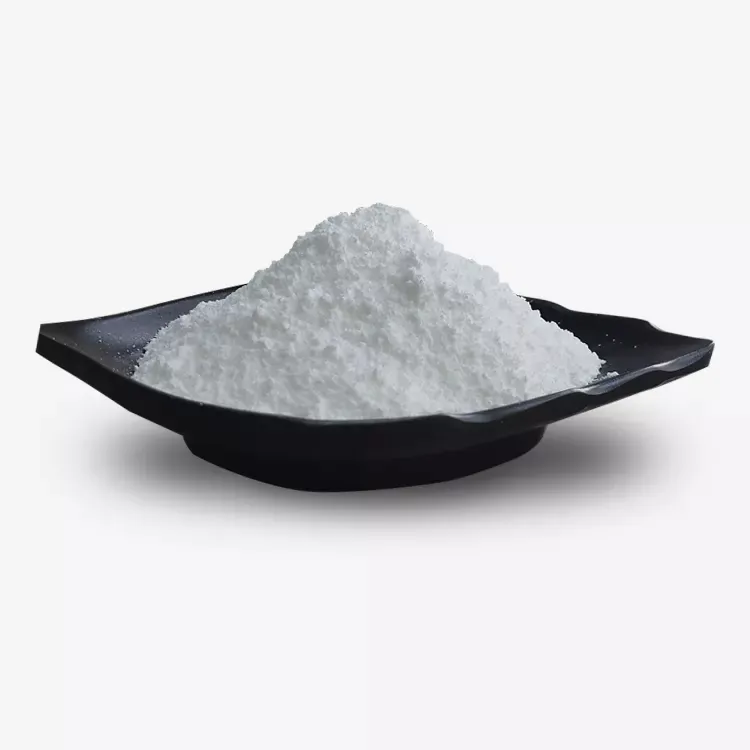 Email: sale@hebeidisha.com
Email: sale@hebeidisha.com
 Tel: +86 13315186550
Tel: +86 13315186550
- Afrikaans
- Albanian
- Amharic
- Arabic
- Armenian
- Azerbaijani
- Basque
- Belarusian
- Bengali
- Bosnian
- Bulgarian
- Catalan
- Cebuano
- China
- China (Taiwan)
- Corsican
- Croatian
- Czech
- Danish
- Dutch
- English
- Esperanto
- Estonian
- Finnish
- French
- Frisian
- Galician
- Georgian
- German
- Greek
- Gujarati
- Haitian Creole
- hausa
- hawaiian
- Hebrew
- Hindi
- Miao
- Hungarian
- Icelandic
- igbo
- Indonesian
- irish
- Italian
- Japanese
- Javanese
- Kannada
- kazakh
- Khmer
- Rwandese
- Korean
- Kurdish
- Kyrgyz
- Lao
- Latin
- Latvian
- Lithuanian
- Luxembourgish
- Macedonian
- Malgashi
- Malay
- Malayalam
- Maltese
- Maori
- Marathi
- Mongolian
- Myanmar
- Nepali
- Norwegian
- Norwegian
- Occitan
- Pashto
- Persian
- Polish
- Portuguese
- Punjabi
- Romanian
- Russian
- Samoan
- Scottish Gaelic
- Serbian
- Sesotho
- Shona
- Sindhi
- Sinhala
- Slovak
- Slovenian
- Somali
- Spanish
- Sundanese
- Swahili
- Swedish
- Tagalog
- Tajik
- Tamil
- Tatar
- Telugu
- Thai
- Turkish
- Turkmen
- Ukrainian
- Urdu
- Uighur
- Uzbek
- Vietnamese
- Welsh
- Bantu
- Yiddish
- Yoruba
- Zulu
Oct . 14, 2024 21:07 Back to list
xanthan gum origins and production process
Xanthan Gum Origins and Production Process
Xanthan gum is a polysaccharide widely utilized in the food industry and various other sectors due to its unique thickening and stabilizing properties
. Understanding the origins and production process of xanthan gum provides valuable insight into its significance and versatility.Xanthan gum is derived from the fermentation of glucose or sucrose by the bacterium *Xanthomonas campestris*. This bacterium is commonly found on a variety of plants, especially cruciferous vegetables like cabbage and broccoli. The discovery of xanthan gum dates back to the early 1960s when scientists sought to find ways to enhance the viscosity and stability of food products. Its unique structure, characterized by a linear backbone of glucose units with side chains, allows it to form a gel-like substance, making it an excellent thickener, emulsifier, and stabilizer.
The production process of xanthan gum involves a series of steps beginning with fermentation. The primary raw materials are carbohydrates, which can be sourced from corn, wheat, or even sugar beet. The process typically starts by growing *Xanthomonas campestris* in a fermentation medium rich in these carbohydrates, alongside nitrogen sources and other nutrients necessary for bacterial growth. This fermentation usually takes place in large bioreactors under controlled conditions, where parameters such as temperature, pH, and oxygen levels are meticulously monitored to optimize the production of xanthan gum.
xanthan gum origins and production process

As the bacterium metabolizes the sugars, it secretes xanthan gum into the culture medium. Once fermentation is complete, the next step involves isolating the xanthan gum from the broth. This is achieved through precipitation, often using alcohol like isopropanol or ethanol, which helps separate the polysaccharide from the liquid. The precipitated xanthan gum is then washed, dried, and ground into a fine powder. This powdered form is what is commonly used in food products and other applications.
Xanthan gum's remarkable properties make it a popular ingredient in a variety of industries. In the food sector, it is commonly found in salad dressings, sauces, and gluten-free products, where it helps to improve texture and mouthfeel. Beyond food, xanthan gum is also utilized in cosmetics, pharmaceuticals, and even petroleum industries for stabilizing and thickening formulations.
The sustainability of xanthan gum production is an area of growing interest. As the demand for natural and clean-label products increases, manufacturers are exploring more sustainable fermentation processes. Efforts are being made to utilize renewable resources, reduce water usage, and minimize waste during production.
In summary, xanthan gum originates from the fermentation of carbohydrates by *Xanthomonas campestris*. Its production involves carefully controlled fermentation processes, followed by isolation and drying. With its diverse applications across multiple industries, xanthan gum continues to play an essential role, and its production methods are evolving to meet the demands of sustainability and efficiency. As consumers become increasingly aware of the ingredients in their products, xanthan gum remains a valuable component for enhancing texture and stability in both food and non-food applications.
Latest news
-
Certifications for Vegetarian and Xanthan Gum Vegetarian
NewsJun.17,2025
-
Sustainability Trends Reshaping the SLES N70 Market
NewsJun.17,2025
-
Propylene Glycol Use in Vaccines: Balancing Function and Perception
NewsJun.17,2025
-
Petroleum Jelly in Skincare: Balancing Benefits and Backlash
NewsJun.17,2025
-
Energy Price Volatility and Ripple Effect on Caprolactam Markets
NewsJun.17,2025
-
Spectroscopic Techniques for Adipic Acid Molecular Weight
NewsJun.17,2025